In the concrete jungle of urban living, a small balcony can become a vibrant sanctuary for both birds and humans alike. Creating a bird oasis in limited space might seem challenging, but with thoughtful planning and creative solutions, even the tiniest balcony can transform into a thriving microhabitat that attracts a variety of feathered visitors. This natural connection not only enhances your living space but also contributes meaningfully to urban biodiversity, providing essential resources for birds navigating through cities. Whether you’re a dedicated bird enthusiast or simply seeking to bring more nature into your daily life, this guide will walk you through creating a welcoming bird haven that works within your spatial constraints while maximizing impact.
Understanding Urban Birds and Their Needs

Urban birds face unique challenges that differ significantly from their rural counterparts, including limited natural food sources, fewer nesting opportunities, and increased competition for resources. Species commonly found in cities—such as house sparrows, chickadees, finches, and various songbirds, have adapted to human environments but still require fundamental elements to thrive. These birds need reliable access to food, clean water, shelter from predators and weather, and safe places to rest during migration or daily activities. Understanding which local species frequent your area is crucial; this knowledge allows you to tailor your balcony offerings to attract native birds rather than invasive species. A successful urban bird oasis addresses these core needs while working within the constraints of apartment living and building regulations.
Assessing Your Balcony’s Potential

Before purchasing any supplies, take time to evaluate your balcony’s specific characteristics that will influence your bird oasis design. Note the direction your balcony faces, as this affects sun exposure and consequently the types of plants that will thrive there. Measure the available square footage accurately, including vertical space that can be utilized for hanging elements. Consider your balcony’s height and the surrounding environment—higher floors might attract different species than lower levels. Observe your balcony at different times of day to understand wind patterns, noise levels, and existing bird activity in the vicinity. Additionally, check your building’s regulations regarding balcony modifications, as some apartments have restrictions on hanging items externally or making permanent changes to the structure.
Selecting Bird Feeders for Small Spaces
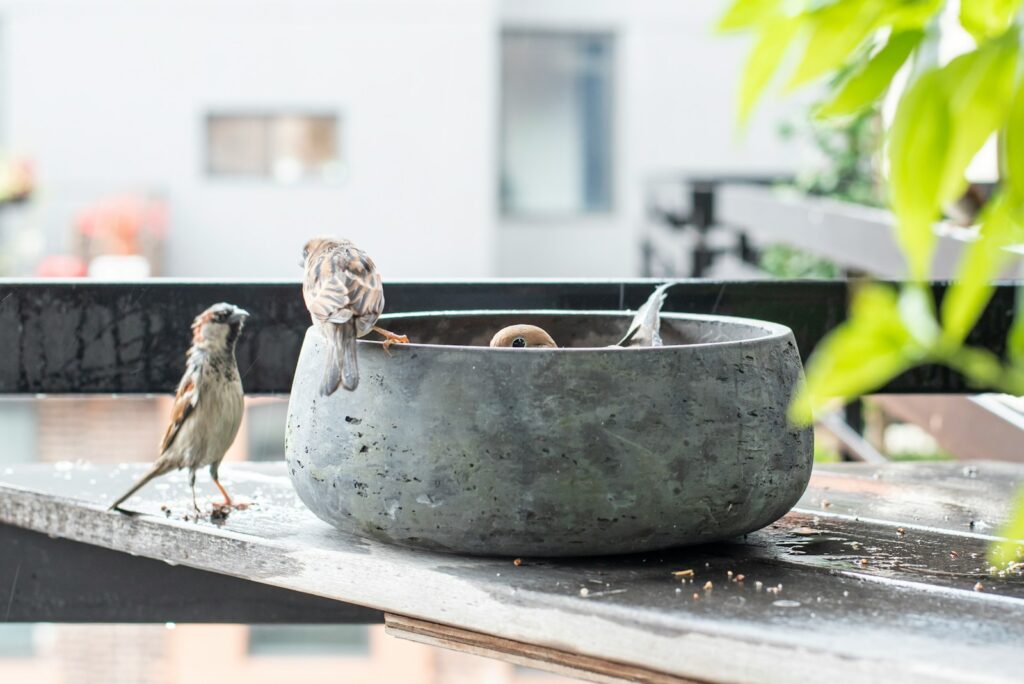
Choosing appropriate feeders for confined areas requires balancing functionality with space efficiency. Window-mounted feeders offer excellent bird viewing opportunities without consuming floor space, while suction-cup models can be attached directly to glass doors or windows. Railing-mounted feeders that clamp onto balcony railings provide stability without permanent installation and can be easily repositioned as needed. Consider compact vertical feeders that stack feeding stations upward rather than outward, maximizing your vertical space. Select feeders with built-in seed-catching trays to minimize mess on your balcony floor, which is particularly important in small spaces where fallen seed can accumulate quickly. For extremely limited spaces, try minimalist options like mesh bags for suet or simple platform feeders that can double as temporary surfaces for other uses when not actively feeding birds.
Offering the Right Foods for Local Birds
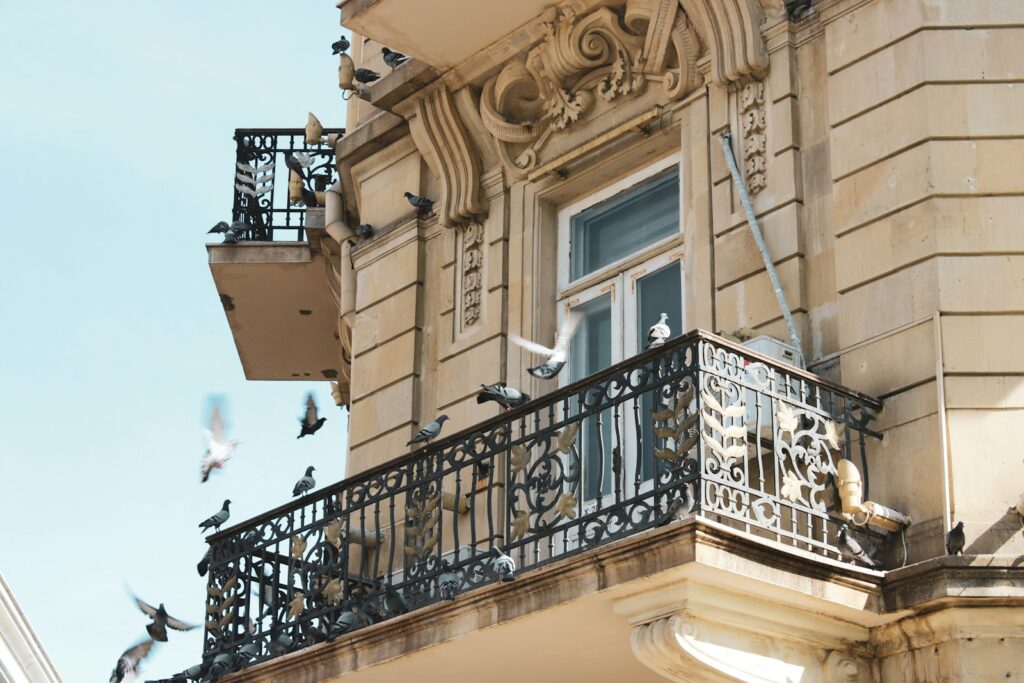
Providing appropriate food types significantly increases your chances of attracting diverse bird species while supporting their nutritional needs. Black oil sunflower seeds appeal to the widest variety of birds and offer excellent nutritional value, making them a smart staple for limited space where multiple feeder types aren’t practical. Nyjer (thistle) seeds attract finches and other small songbirds, while offering safflower seeds can discourage squirrels and larger nuisance birds while still feeding cardinals and chickadees. Consider unsalted, sugar-free offerings like plain peanuts or mealworms that provide high protein content, particularly valuable during nesting season. Seasonal adaptations are important—offering more high-fat foods like suet during winter months helps birds maintain energy in colder temperatures. Research which foods specifically attract birds native to your region, rather than providing generic commercial mixes that may contain fillers birds won’t eat.
Creating Water Sources in Limited Space
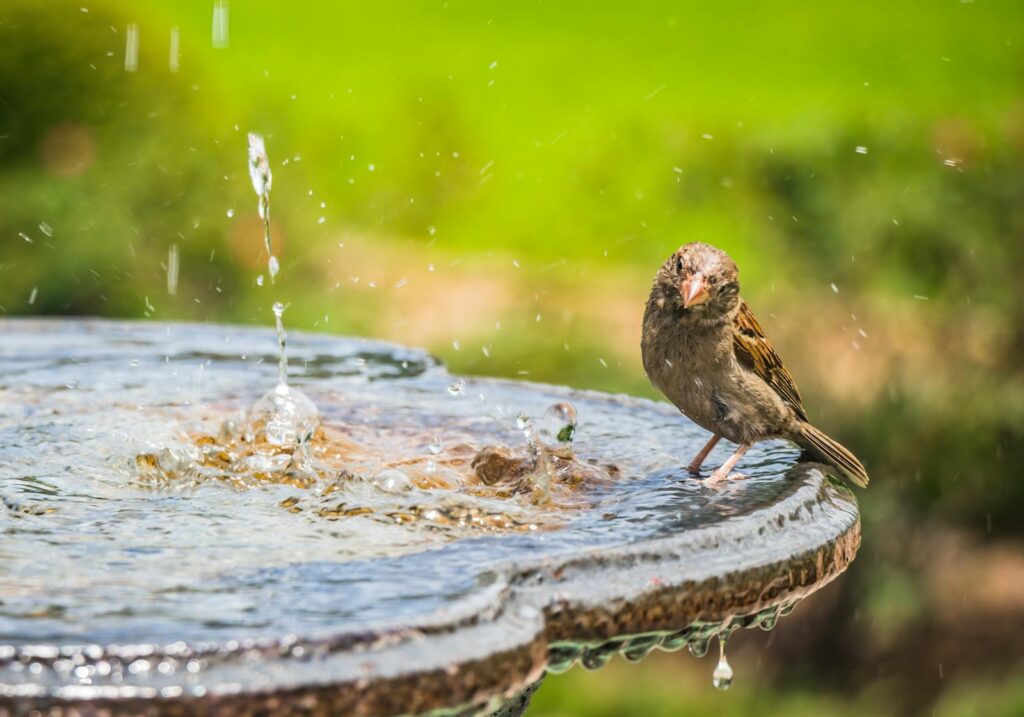
Water features are perhaps the most powerful attractant for birds and can be adapted for even the smallest balconies. Shallow bird baths with textured bottoms provide secure footing for birds while bathing and can be as simple as a repurposed plant saucer placed on a small table or mounted to railings. Consider hanging water dishes that utilize vertical space or window-mounted models that provide excellent viewing opportunities without consuming floor area. Add small rocks or pebbles that emerge slightly above the water level to create landing spots and varying depths that accommodate different bird sizes. During winter months in colder climates, investigate heated bird baths or water heaters designed for small containers that prevent freezing without requiring significant energy consumption. To maximize appeal and minimize maintenance, change water daily to ensure cleanliness and prevent mosquito breeding, especially in urban environments where standing water is a concern.
Incorporating Bird-Friendly Plants
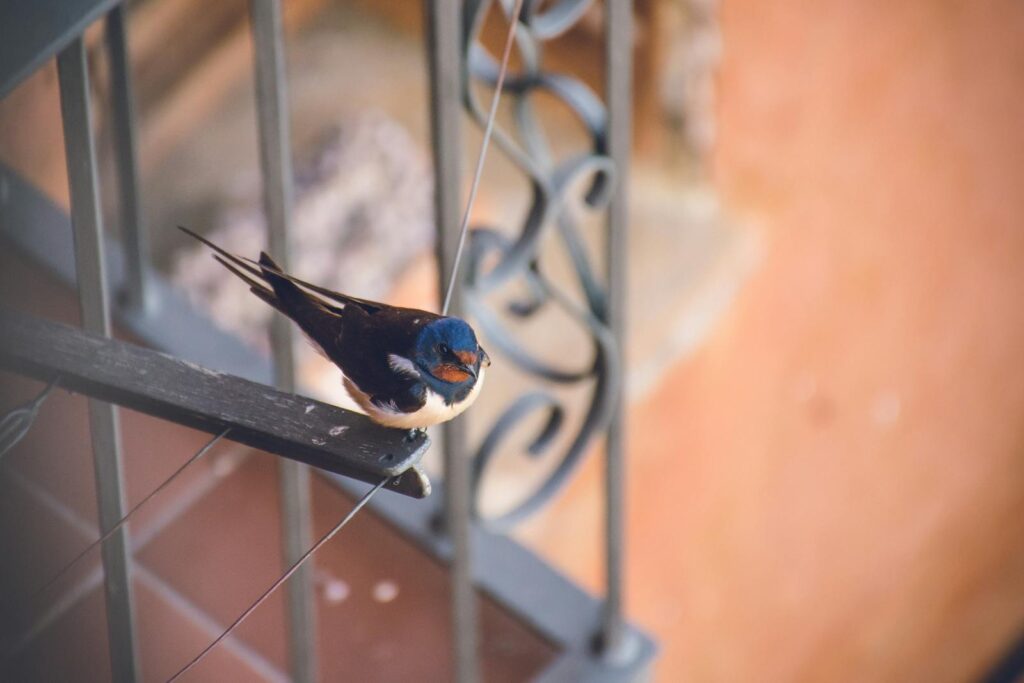
Strategic plant selection transforms your balcony into a living bird buffet while adding beauty and privacy to your outdoor space. Choose native flowering plants that produce nectar for hummingbirds and other pollinators—species like salvias, fuchsias, and native columbines thrive in containers while providing natural food sources. Include plants that produce berries or seeds, such as compact varieties of serviceberry, dwarf sunflowers, or ornamental peppers that birds can harvest directly. Consider herbs like dill, fennel, and coriander that can be allowed to go to seed, providing natural food while remaining useful for your kitchen. Arrange plants at varying heights using tiered plant stands, wall-mounted planters, or hanging baskets to create multiple levels that mimic natural habitats and maximize your limited square footage. Dense foliage plants can double as shelter and potential nesting sites while providing privacy screening from neighboring balconies.
Providing Shelter and Nesting Opportunities
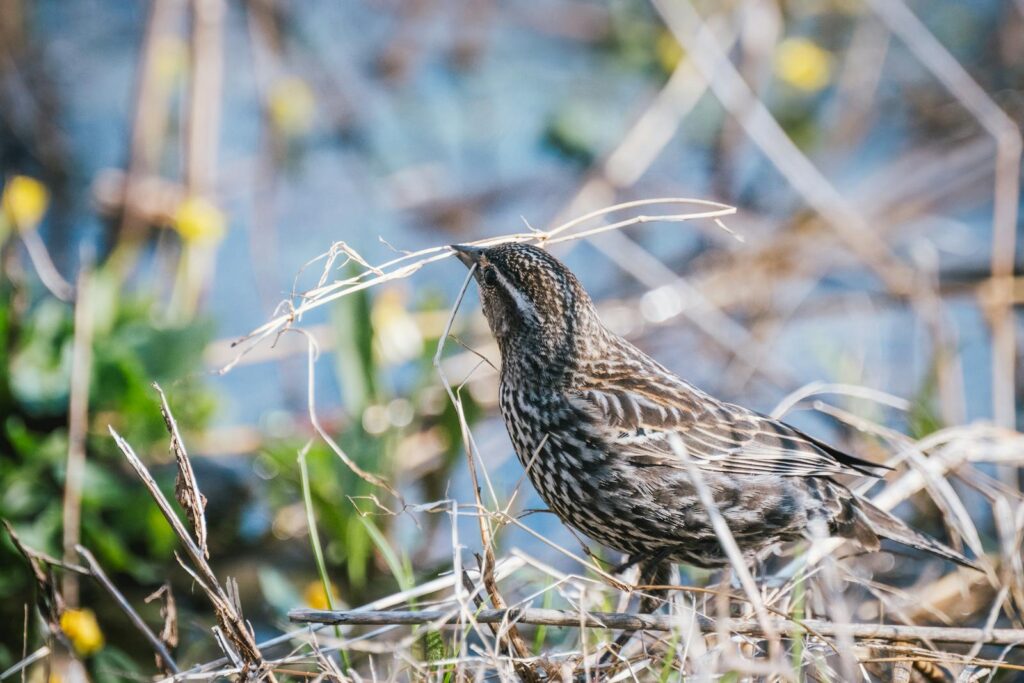
Birds need protection from weather extremes and predators, even in urban environments where natural cover may be scarce. Install small-scale brush piles created from gathered twigs secured in decorative containers, providing instant shelter that mimics natural undergrowth. Explore compact, balcony-appropriate birdhouses designed specifically for urban species like chickadees, wrens, or finches, mounting them securely at appropriate heights according to target species preferences. Create “living shelters” by training climbing plants like jasmine or honeysuckle over simple trellis structures that birds can use for protection while adding vertical gardening opportunities to your space. For migratory seasons, consider temporary roosting pockets made of natural materials that can be stored away when not needed. Ensure all shelters are positioned to avoid excessive exposure to sun, wind, or rain while providing clear flight paths for birds to approach and depart safely.
Managing Noise and Disturbance
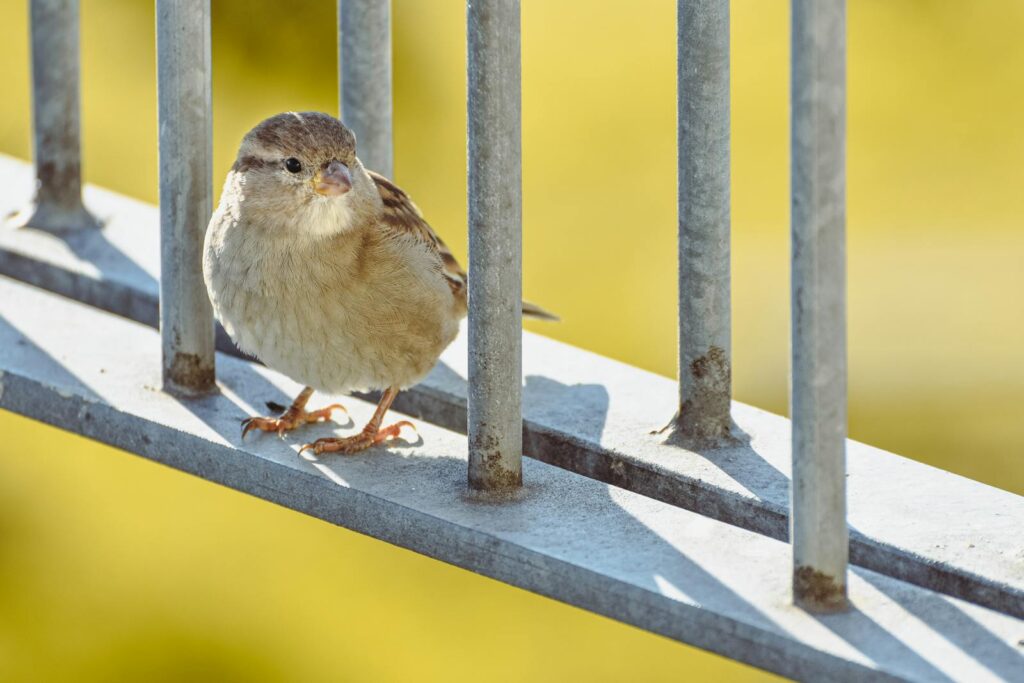
Creating a truly welcoming bird environment requires minimizing factors that might frighten away your feathered visitors. Position feeders and water sources away from doors that open frequently, as sudden movements can startle birds before they become accustomed to your presence. Consider installing simple visual barriers like decorative screens or strategic plant placement that shield birds from direct view of indoor activities while still allowing you to observe them. Establish consistent movement patterns when you access your balcony, as birds quickly learn to recognize and become comfortable with predictable human behaviors. Keep noise levels reasonably low near your bird area, particularly during early morning hours when feeding activity is typically highest. If noise from neighboring units is unavoidable, consider adding white noise elements like small water features that create gentle, masking sounds that are pleasant for both birds and humans.
Dealing with Urban Challenges: Pests and Predators
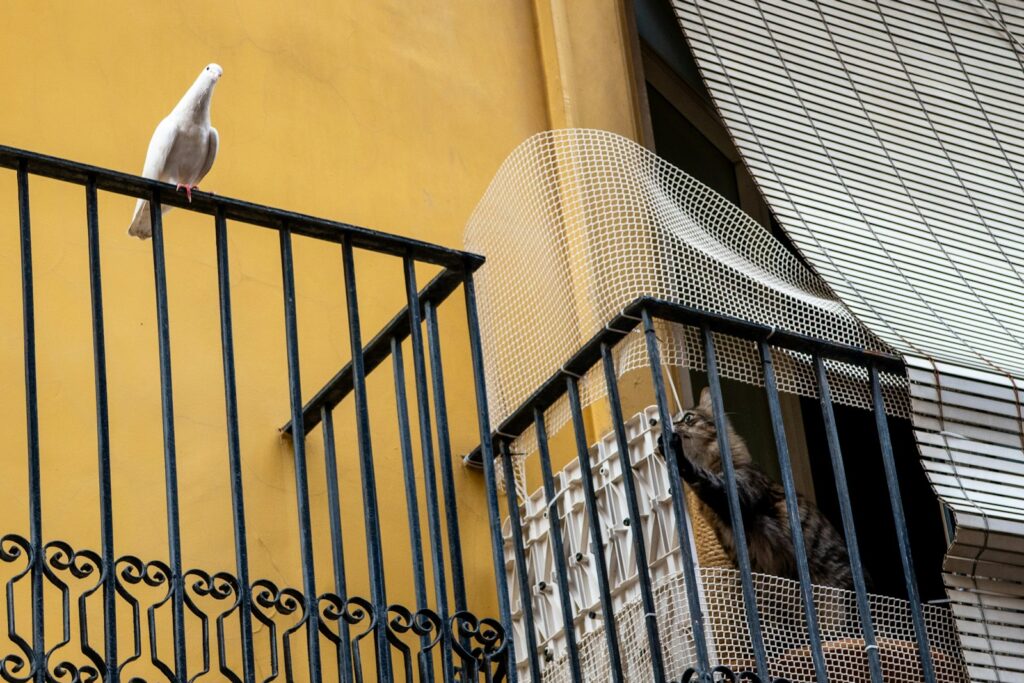
Urban bird-feeding comes with specific challenges that require thoughtful management to maintain a healthy environment. Install baffles or guards on pole-mounted feeders to prevent squirrels and rats from accessing food, particularly important in city environments where rodent control is a community concern. Choose feeders with pest-resistant features like weight-activated perches that close under heavier animals or caged designs that allow small birds access while excluding larger opportunistic species. Be vigilant about cleaning up spilled seed promptly, using seed catchers or regular sweeping to prevent attracting unwanted critters to your building. In areas with feral cats or hawks, position feeders near protective cover that allows small birds quick escape routes while avoiding placements that create ambush opportunities for predators. Consider removing feeders temporarily if pest problems develop, resuming once the situation is under control with improved prevention measures.
Creating Multi-Seasonal Appeal
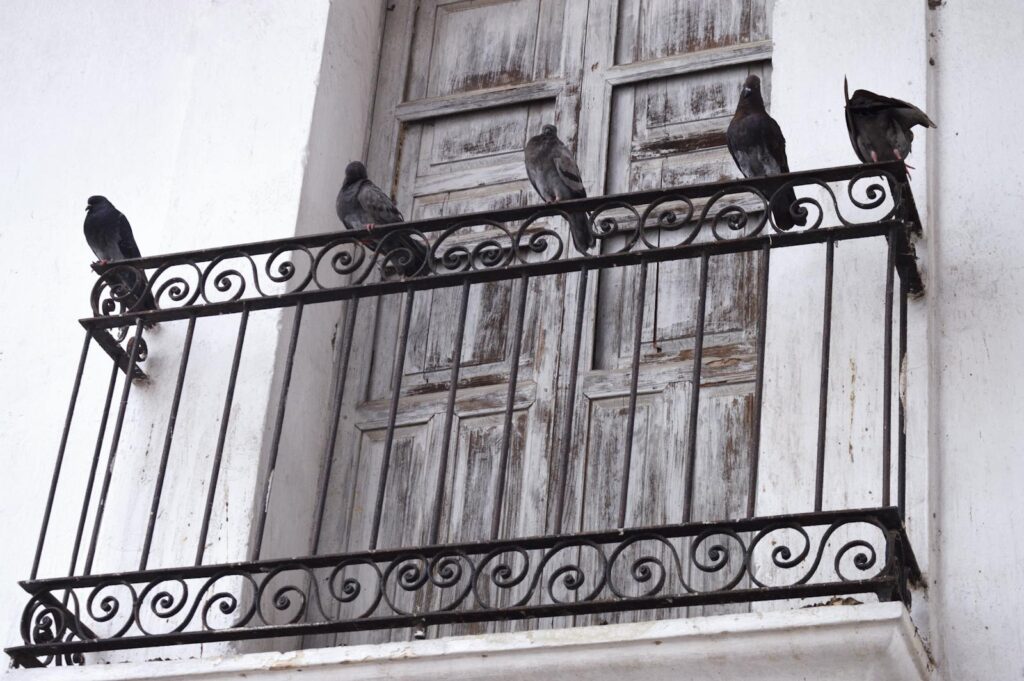
A truly successful bird oasis serves wildlife throughout the year, adapting to changing seasonal needs and conditions. Install weatherproof elements that remain functional during rainy seasons, such as covered feeders and protected nesting boxes that won’t become waterlogged during storms. Incorporate evergreen plants that provide year-round shelter and visual interest even when flowering species are dormant. During migration seasons, temporarily increase food offerings and variety to support traveling birds requiring quick energy replenishment during their journeys. In winter months, focus on high-fat, high-energy foods while ensuring water sources remain unfrozen through heating elements or regular refreshing. Summer preparations might include additional water sources with misters or drippers that help birds cool down during heat waves, particularly important in urban heat islands where temperatures can be significantly higher than surrounding areas.
Balancing Aesthetics with Functionality
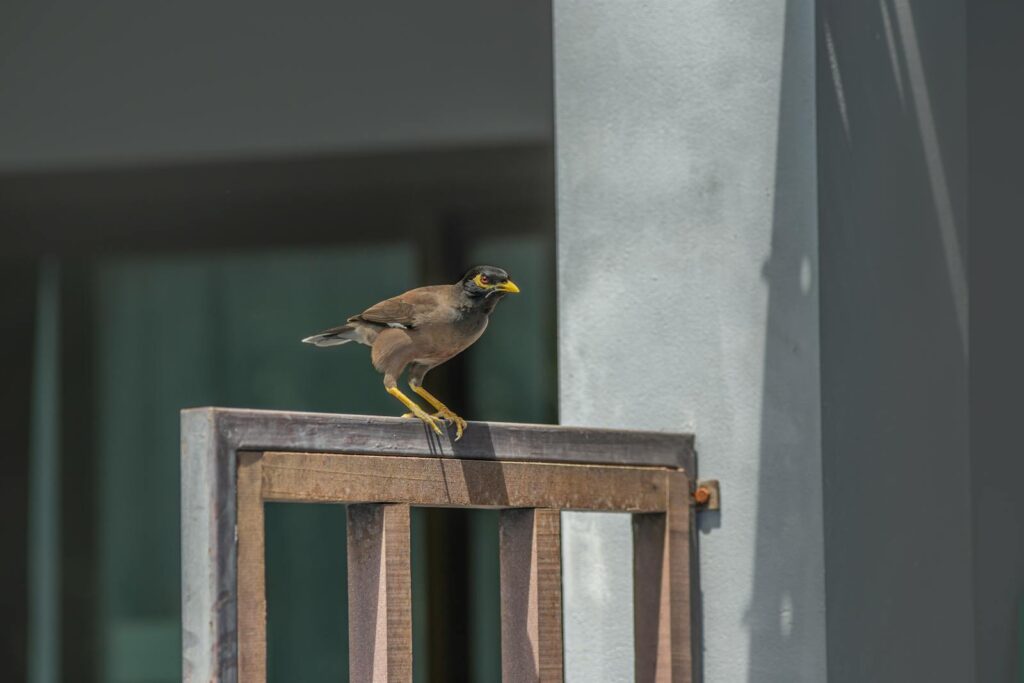
Your balcony bird sanctuary should enhance your living space aesthetically while serving its ecological purpose effectively. Select bird-feeding equipment in colors and materials that complement your existing outdoor décor, as many manufacturers now offer design-conscious options that blend function with style. Create visual harmony by choosing a cohesive color scheme or design theme that unifies your various bird amenities with your personal outdoor furnishings. Incorporate dual-purpose elements like decorative plant stands that can support bird baths or feeding stations while adding architectural interest to your space. Consider the view from inside your home when positioning elements, creating pleasing vignettes visible through windows that frame bird activity against attractive backgrounds. Use weather-resistant outdoor fabrics and materials that maintain their appearance while standing up to the elements, ensuring your bird oasis remains an attractive extension of your living space rather than a utilitarian afterthought.
Maintaining Your Balcony Bird Sanctuary
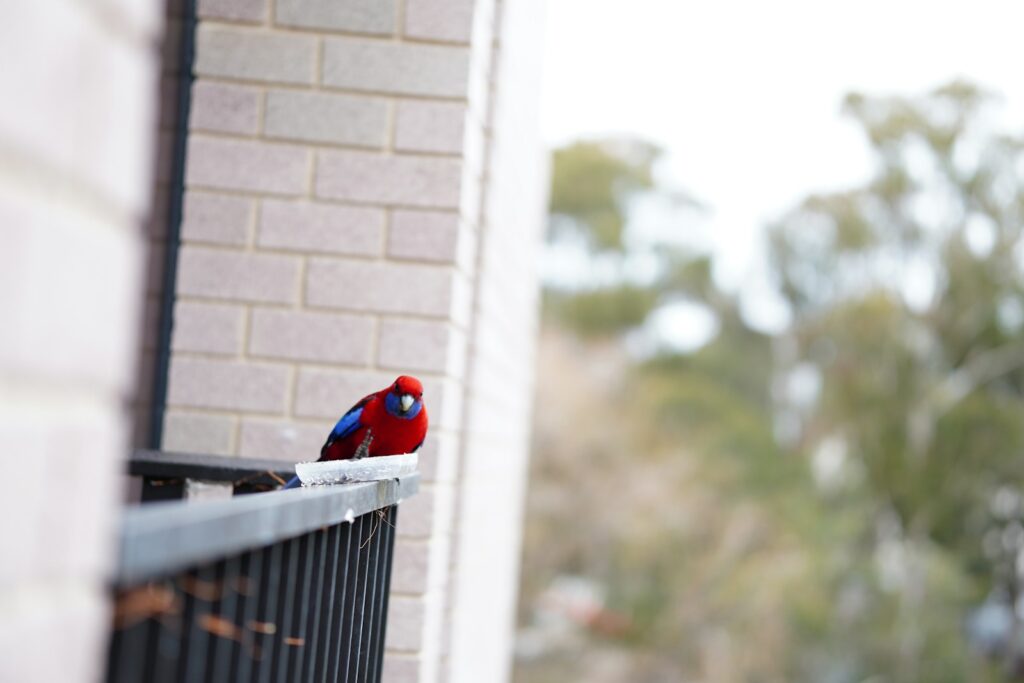
Regular upkeep ensures your bird oasis remains healthy for wildlife and pleasant for humans. Establish a consistent cleaning schedule for feeders, washing them with a 10% bleach solution every two weeks (more frequently in humid weather) to prevent disease transmission between birds. Refresh water sources daily, scrubbing bird baths weekly to remove algae and bacterial buildup that can harm birds. Conduct seasonal inspections of all hanging or mounted elements to ensure they remain securely fastened, particularly after storms or strong winds. Remove old nesting materials from birdhouses at the end of the breeding season, preparing them for the next year’s occupants. Maintain healthy plants by regular watering, pruning, and fertilizing as appropriate for each species, as neglected vegetation quickly diminishes the appeal and functionality of your bird oasis. Keep a simple maintenance log to track when tasks were completed, helping to establish regular habits that ensure the longevity of your urban wildlife habitat.
Documenting and Enjoying Your Success
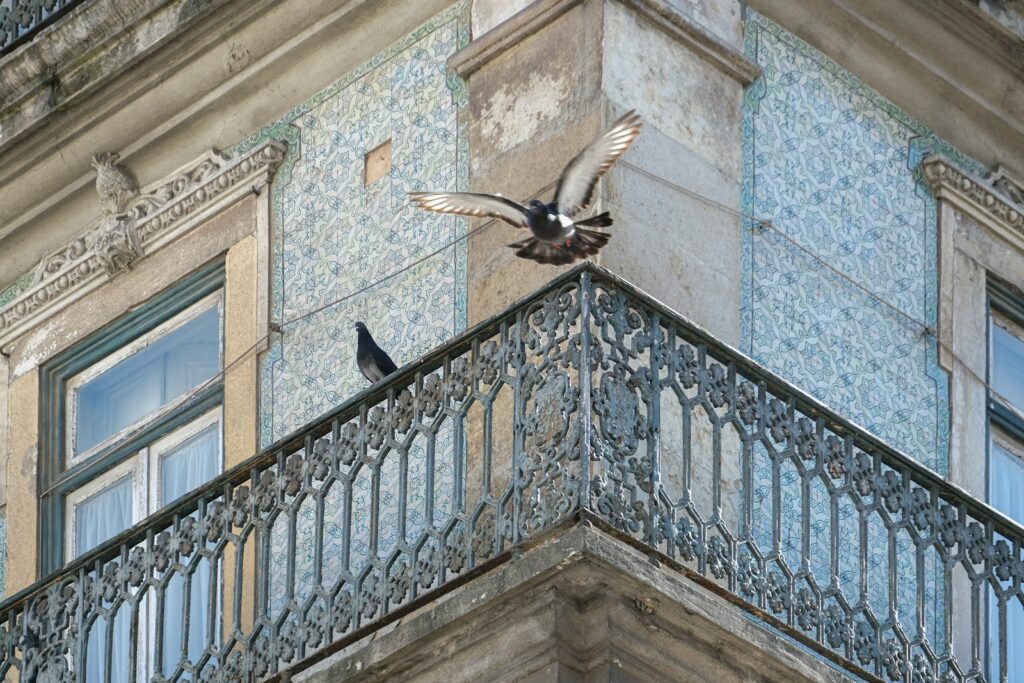
The rewards of your bird sanctuary extend beyond the ecological benefits to include personal enjoyment and educational opportunities. Keep a simple journal recording which bird species visit your oasis, noting seasonal patterns and behaviors that provide insight into local wildlife adaptations to urban environments. Consider installing a small weather-protected camera to capture images when you’re not home, revealing bird activities that might occur during your absence. Share your successful urban habitat on neighborhood apps or social media, potentially inspiring others in your building or community to create similar wildlife-friendly spaces. Take time to actually sit quietly and observe your visitors, as the mindfulness practice of bird watching offers significant stress-reduction benefits documented in numerous studies. Celebrate the positive environmental impact your small space is making by participating in citizen science projects like the Great Backyard Bird Count, contributing valuable urban wildlife data to larger research efforts.
Conclusion
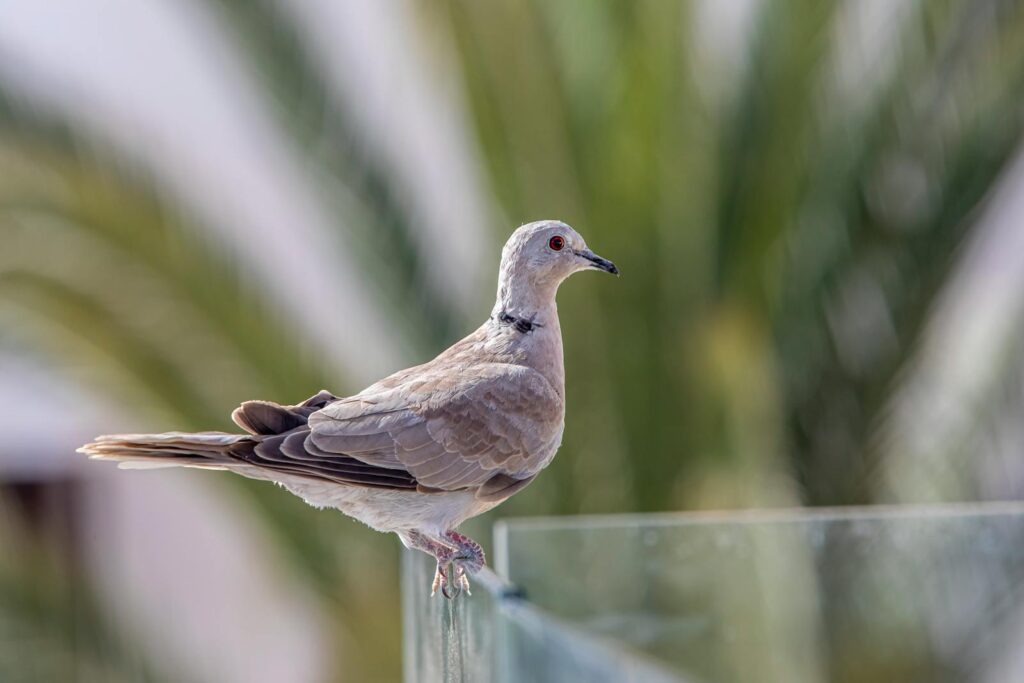
Creating a bird oasis on your small urban balcony represents a perfect harmony between human enjoyment and environmental stewardship. Through thoughtful design choices that maximize limited space, you’ve created a microhabitat that provides essential resources for urban wildlife while enhancing your own living environment. This connection to nature brings daily moments of beauty and discovery right to your doorstep, regardless of how limited your outdoor space might be. As your bird sanctuary matures, it becomes not just a collection of feeders and plants, but a living ecosystem that changes with the seasons and grows in complexity over time. Your small-scale conservation effort joins countless others across urban landscapes, collectively creating corridors of habitat that help wildlife navigate through otherwise challenging city environments.
